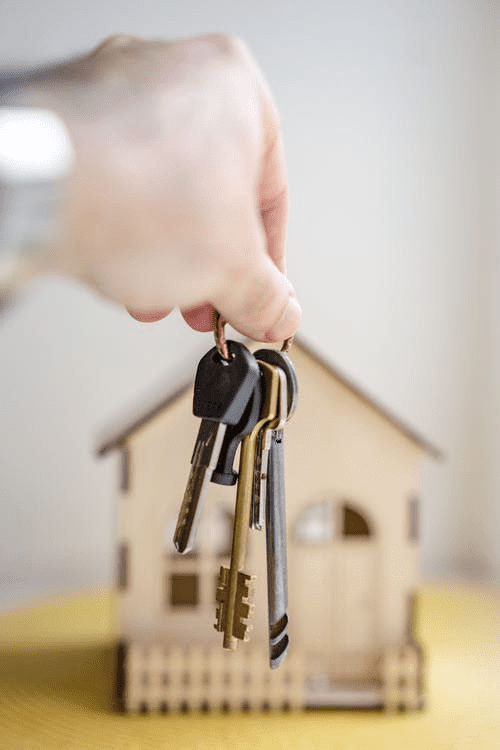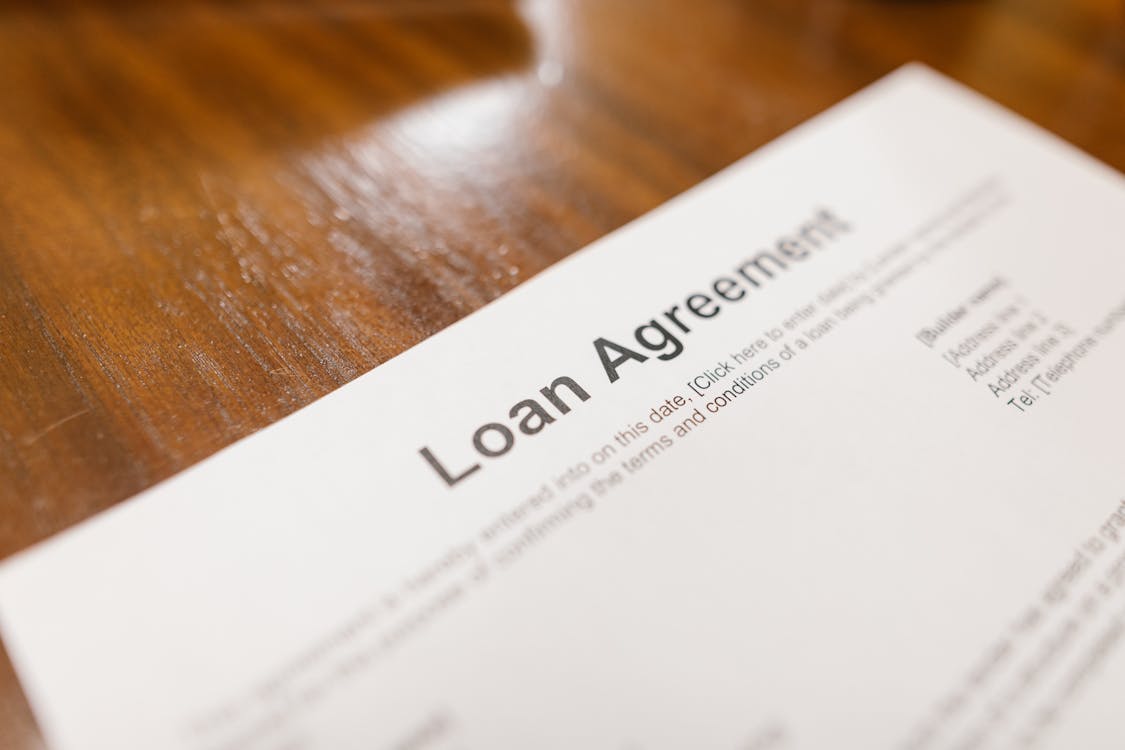We’ve all seen our fair share of some successful fix and flip investment projects. Sure, from a distance they seem flawless but it requires lots of hard work. However, the most important part to make these projects successful is financing. There are numerous fix and flip financing options available for investors.
If you’re considering obtaining a fix and flip loan for your upcoming project, we’ve got you covered. We’ve prepared an extensive guide on fix and flip loans to help you out.
What Are Fix and Flip Loans?

Fix and flip loans are short-term loans intended for real estate investors. They solely help investors purchase and renovate a property to resell it for a profit in the span of 12 to 18 months. Sure, some investors opt for traditional loans and lines of credit to fund their ventures, but the majority of fix and flip loans are acquired by individuals or private investors.
Fix and flip loans are commonly utilized to purchase residential properties at auctions or in foreclosures, fund renovations, and upgrades, and cover additional costs associated with property ownership. Fix and flip loans are also known as bridge loans, residential transition loans, and rehab loans. Generally, these loans have two components—the purchase and funds for the rehab.
Let’s discuss those in detail.
The Purchase

The purchasing aspect of fix and flip loans is relatively simple. The lender usually sizes the overall loan amount based on the after-repair value, or Loan-to-Value (LTV), as well as the total project cost or Loan-to-Cost (LTC). These rates and fees differ significantly from lender to lender, and durations typically range from 9 to 24 months.
The buying procedure is similar to the other types of mortgage financing. You fill out an application, supply supporting documentation, and place an appraisal order. Moreover, you also need to submit a business plan for the property, which must include a thorough renovation project with a timeframe and associated costs broken down by project step. You can close on the purchase as soon as your loan is granted, and financing the down payment while the lender covers the rest of the purchase price.
The Rehab
Fix and flip loans get interesting in this phase. In this phase, you’ve acquired ownership of the property and need to start improving it. To acquire goods and pay contractors, you’ll need capital. The majority of fix and flip loans allow you to make upfront investments in material and labor. After completing the work required for renovation, you can ask for a “construction draw” from the lender. In simpler words, after the investor has completed the renovations, they can easily submit a reimbursement request.
After receiving the request, the moneylender will send an inspector to the property to authorize the work after receiving the request, which can take up to 72 hours. The investor must then await the lender’s receipt of the inspection report and the release of capital. If you want to keep your project going forward throughout this process, you’ll need enough money to pay for extra materials and building services. This may not seem hard or nerve-wrecking in theory, but coordinating construction drawings while juggling contractors and supply deliveries can be challenging.
Types of Fix and Flip Financing
Apart from fix and flip loans, there are various other financing options available to support your fix and flip projects. Let’s explore them.
Hard Money Loans
Hard money loans are much more complicated and expensive than conventional loans. For hard money loans, the property itself serves as the collateral. While that may be quite alarming for most real estate investors but you’ll be surprised to know hard money loans are widely popular. Wondering why? Well, hard money loans usually end within a year with an interest rate of 12% to 18%. Moreover, you can also receive 2 to 5 points, with each point signifying 1% of the loan amount.
For instance, if you borrow $100,000 and your moneylender charges you 4 points, you’re liable to pay 4% of the total amount, which is $4,000. In addition, unlike other mortgages, you can be excused from paying the points until your property is sold. Unlike traditional loans, which are offered by banks, hard money loans are offered by privately-owned lending organizations that avoid bureaucratic red tape. These private lenders aren’t bound by any state criteria regarding the real estate’s condition.
For example, dilapidated houses aren’t qualified enough for standard mortgages and fail to meet the criteria. However, hard money lenders make lending decisions based on the investor’s reliability and the deal’s strength.
In addition, hard money lenders don’t consider the borrower’s credit scores, records, or if the down payment funds are loaned; as long as the resale value is more than the total purchase and refurbishment cost, they’re totally fine with extending the loan. This is in case the investor defaults, the moneylender can foreclose the property and own it to sell it for a profit. Lending firms are typically well-versed in the local market and have a network of realtors, making them excellent partners.
Moreover, hard money lenders determine the loan amount based on the property’s after-repair value (ARV). For instance, if your house doesn’t cost much but it has a high ARV, you’re allowed to demand a maximum of 70% of the ARV. So, even if you buy the property, you’ll still be left with a significant amount that can use to fund the renovation, closing, selling, and other costs. But if you’re charged with more points and a high-interest rate, it can get tough to get a hold of your budget.
Home Equity Line Of Credit (HELOC)
Homes secure home equity loans and home equity lines of credit which means you can use your house as collateral. In this case, equity refers to the difference between the market value of your home, and the amount owed on your mortgage. To qualify for a HEL or HELOC, you must have at least 20% equity in your home. Most banks will offer you 80-85% of the home’s market value, excluding the mortgage debt. A home equity loan (HEL) or second mortgage is a fixed-term loan based on the equity in your property.
A HEL has a set of fixed payments for the duration of the loan and a set interest rate. However, HELOC is a revolving credit line that allows you to borrow money as needed until the credit period ends. Moreover, it allows you to withdraw cash up to a predetermined amount from your credit line, make a payment, and withdraw cash again. Because the amount borrowed is subject to fluctuation, the minimum payments are also subject to vary.
Cash-Out Refinance Loans

A cash-out refinance loan is a new mortgage on your home for a greater amount than the present one. You use the equity in a present property to fund your fix and flip while paying off the current mortgage. Moreover, you can also utilize any remaining funds to support your investment. Unless you have higher equity than HELOC in your home, a cash-out refinance loan won’t be cost-effective. Not to forget, closing prices will need to be covered too.
Remember that cash-out refinance loans come with the same risks and drawbacks as conventional home equity loans.
Seller Financing

In seller financing, you collaborate with the seller to devise a payment schedule, a contract, and a payment amount, including interest. You make direct payments to the seller according to a predetermined timetable. For the original owner, seller financing is riskier. As a result, loan terms are typically shorter, and interest rates are higher.
If you don’t have any other options, it can still be a terrific way to fund your property flipping project.
Crowdfunding
Crowdfunding entails a group of individuals or institutions pooling their resources to support a loan. Crowdfunding for house flipping is done through particular websites and firms that were created specifically for this purpose. Each lender or investor offers a small portion of a borrower’s debt in exchange for interest.
Some of these crowdfunding platforms won’t finish your loan until all investors have found it, which could take a long time. However, others will fund your loan ahead of time. When a crowdfunding organization pre-funds a loan, it closes it quickly while waiting for investors to fund it.
Investment Property Line of Credit
The acquisition line of credit or investment property line of credit is specific to real estate investments. It’s a bit similar to HELOC, but it isn’t focused on home equity. Similar to a home equity line of credit, in an investment property line of credit, you pay interest on the money you borrow. This form of loan can be used to finance the acquisition of an investment property and any modifications. It’s generally a short-term loan for 18 to 24 months, and the funding takes roughly 30 days.
In addition, you’ll need to demonstrate excellent creditworthiness as well as a track record of profitable real estate investments. Plus, to be qualified for an investment property line of credit, you need to own the residence for at least a year.
Business Line of Credit
A business line of credit is a revolving credit line that allows you to borrow up to a predetermined amount while only paying interest on the amount you utilize. To qualify for a business line of credit, you must have a proven track record of successful real estate transactions. A business line of credit is similar to a Home equity line of credit (HOLEC) since you can get money anytime you need it.
Bridge Loans

A bridge loan is a short-term loan used to bridge the gap between the time you want to buy a house and the time you can get long-term financing. Bridge loans can be used to make a down payment and then look for another financing option, such as a traditional mortgage, to cover the rest of the cost. In addition, you can also use bridge loans to purchase a new home before selling your old one.
Usually, collateral is required to obtain bridge loans. As a result, compared to some other fix and flip financing options, you can acquire a loan with a lower interest rate. Moreover, bridge loans can be easier to qualify for, making them a highly popular option for individuals.
Advantages of Fix and Flip Loans
Fix and flip loans are undoubtedly one of the most popular and lucrative loan options for investors offering remarkable benefits. Although it’s impossible to pin down the numerous benefits of fix and flip loans, we’ve made a list of some top pros below.
- Quick financing
- Zero repayment penalties
- Ability to safeguard your other assets by financing an entity
- Underwriting is based on the investment rather than personal income
- Flexible terms
- Any property can qualify for these loans irrespective of its condition.
- Interest-only payments
Disadvantages of Fix and Flip Loans
Sure, fix and flip loans are highly beneficial for every real estate investor, but they sometimes have a few drawbacks too.
- Peak interest rates
- The need for upfront cash for renovations
- Potential for being charged on availability
- Short and simple terms
Looking for Reliable Fix and Flip Hard Money Lenders?

When it comes to real estate investments such as fix and flip projects, immediate and reliable financing is needed, which traditional lenders fail to offer. Luckily, a private lender can offer reliable fix and flip financing options.
Insula Capital Group is a leading private lending and real estate investment company, offering reliable fix and flip financing, hard money loans, and more. Their Fix and Flip Financing options are suitable for real estate projects, including fix and flip projects, buy and hold, land development, new construction, and more.
Get in touch with them to secure the fix and flip funding you need or if you have any additional queries.




